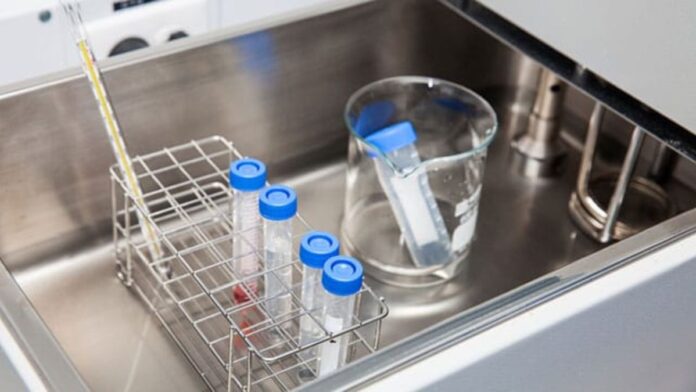The laboratory water bath is an essential piece of equipment for many laboratory applications. When selecting a water bath, it is vital to consider the requirements of the intended application to ensure that you select an effective and appropriate bath. This article provides tips on how to choose an effective laboratory water bath.
1. Temperature Range
A water bath typically has a temperature range of 20°C to 100°C. However, some water baths can reach temperatures up to 180°C. It is important to consider the temperature range required for the application when selecting a water bath. If the temperature range needed is outside of the water bath, it will not be effective.
2. Temperature Stability
The stability of the temperature is another important consideration when selecting a laboratory water bath. Temperature stability is the ability of the water bath to maintain a consistent temperature. A water bath with poor temperature stability will result in inconsistent results.
3. Capacity
The capacity of the water bath is another critical consideration. The capacity is the amount of liquid that the water bath can hold. It is important to consider the capacity when selecting a water bath because if it is too small, it will not be able to accommodate the intended application.
4. Heating Rate
The heating rate is the speed at which the water bath can heat up. A water bath with a slow heating rate can impact the application results. The heating rate determines how long it will take to reach the desired temperature, so it is crucial to consider the required heating time when selecting a water bath.
5. Cooling Rate
The cooling rate is the speed at which the water bath can cool down. A water bath with a slow cooling rate can impact the application results. The cooling rate determines how long it will take to reach the desired temperature, so it is important to consider the time you require for cooling.
6. Material of Construction
The construction material is another important consideration when selecting a laboratory water bath. The construction material determines the durability and chemical resistance of the bath. It is important to consider the type of chemicals used in scientific water baths when selecting the construction material.
7. Safety Features
Some lab water baths come with safety features such as an overheat protection or a low-water level shut-off. It is important to consider the safety features of the water bath when selecting one for an application.
8. Certification
It is important to consider the certification of the water bath when selecting one for an application since it ensures that the water bath meets the standards for the application.
9. Accessories
Some water baths come with accessories such as a drain hose or a temperature probe. It is important to consider the accessories you require for your applications when selecting a water bath.
10. Price
The price of the water bath is another important consideration. It is important to consider the price when selecting a water bath because a more expensive bath may not be necessary for the application.
11. Warranty
The warranty is another important consideration when selecting a laboratory water bath. The warranty provides coverage in case the water bath fails. Always consider the warranty’s length and coverage to ensure your investment is protected.
12. Labeling
It is important to consider the labeling of the water bath when selecting one for an application. The labeling should include the name of the manufacturer, the model number, the serial number, and the date of manufacture.
13. Application
The application is the final and most important consideration when selecting a laboratory water bath. The application will determine the type of water bath that is required. It is important to consult with a laboratory specialist to determine the best water bath for the application.
Conclusion
There are many factors to consider when selecting a laboratory water bath. Temperature stability, capacity, heating rate, cooling rate, construction material, and safety features are important considerations. The above tips will help you select an effective water bath for your laboratory applications.









